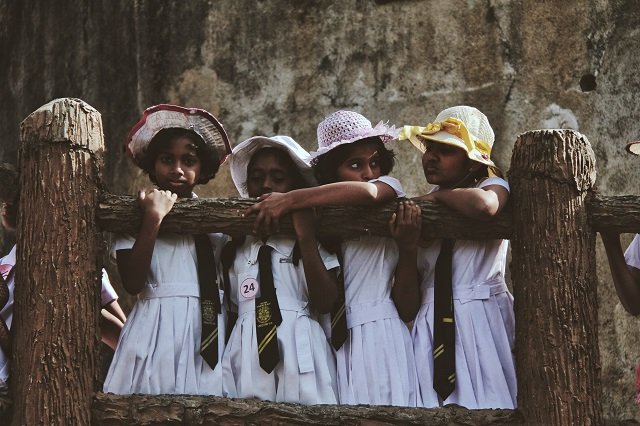The World Bank expects Sri Lanka’s economic growth to decelerate to 2.7% by the end of this year from an earlier forecast of 3.5% in June amid security challenges and political uncertainty.
Editorial: Financial Times
Newly-sworn-in President Gotabaya Rajapaksa in his first address to the nation focused upon the all-important task of turning around the economy, which has been struggling with slow growth and is expected to end the year at about 3% expansion or slightly less.

President Rajapaksa emphasised the need to appoint the right people to the right posts and forge ahead with plans to improve efficiency and productivity. This is a much-needed step to inspire the public service and get it to focus on initiatives that will support growth. Economic expansion is also critical to national harmony as diminishing prosperity also breeds discontent that can be channelled toward dangerous racism and communal divisions.
The new Government, which will likely be formed ahead of snap General Elections, will need to maintain strong macroeconomic fundamentals and avoid deeply shattering political developments, such as the constitutional crisis seen in late 2018 which resulted in a ratings downgrade, because the country would have to return to international capital markets multiple times to raise a minimum of $ 3 billion each year to repay outstanding debt.
This debt is likely to continue until about 2023 and after a break of a couple of years, Sri Lanka will once again face hefty repayments. Sri Lanka simply cannot afford to have quick-fix measures by playing with fiscal and monetary policy rates or repeated political crises because then borrowings will become even more expensive.
Another point for the new President will be managing the exchange rate. From the second half of 2011 up to 11 February 2012, the Government spent $ 4.5 billion trying to defend the exchange rate and it ended up depreciating by 13% anyway. The same happened in 2015 when $ 2 billion in reserves were spent to try to defend the currency but the rupee ended up depreciating by 10%. Sri Lanka cannot afford to have these mistakes repeated.
The World Bank expects Sri Lanka’s economic growth to decelerate to 2.7% by the end of this year from an earlier forecast of 3.5% in June amid security challenges and political uncertainty. During the second quarter of this year, the economy grew by 1.6%, the slowest pace in more than five years.
The medium-term outlook is subject to the country’s ability to ensure political stability and a return to normalcy. The Central Bank has a somewhat rosier prediction of 3% but has admitted that dampened investor sentiment is unlikely to change until about March 2020 when the Presidential and Parliamentary Election cycle is expected to wind down.
The report calls on the Government to remain focused on (a) continuing fiscal consolidation by broadening the tax base and aligning spending with priorities; (b) shifting to a private investment-tradable sector-led growth model by improving trade, investment, innovation and the business environment; (c) improving governance and SOE performance; (d) addressing the impact of an aging workforce by increasing labour force participation, encouraging longer working lives and investing in skills to improve productivity; and (e) mitigating the impact of reforms on the poor and vulnerable with well-targeted social protection spending. This will be the challenges that are now before President Rajapaksa.
One can argue that this is the only roadmap that matters, and it is this that will provide the biggest challenge to the new President. The public have shown that the economy matters and the success of the next President is indubitably tied to his ability to deliver growth.














Post a Comment